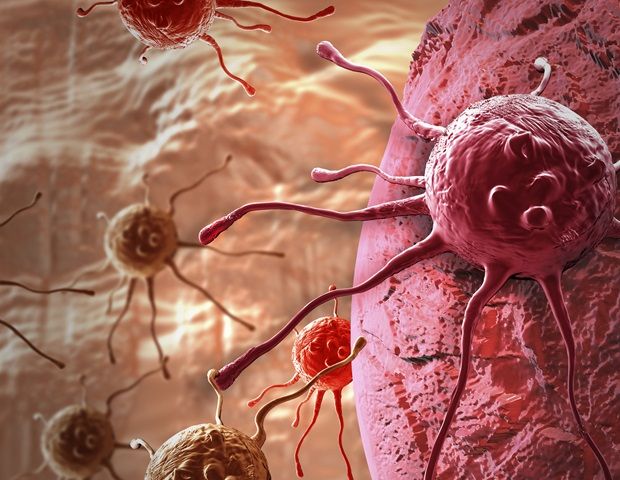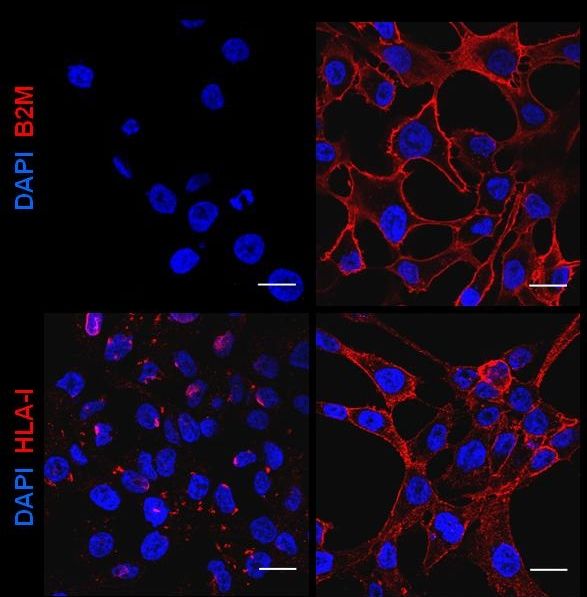That’s a relief.
Of all the potentially apocalyptic technologies scientists have come up with in recent years, the gene drive is easily one of the most terrifying. A gene drive is a tool that allows scientists to use genetic engineering to override natural selection during reproduction. In theory, scientists could use it to alter the genetic makeup of an entire species—or even wipe that species out. It’s not hard to imagine how a slip-up in the lab could lead to things going very, very wrong.
But like most great risks, the gene drive also offers incredible reward. Scientists are, for example, exploring how gene drive might be used to wipe out malaria and kill off Hawaii’s invasive species to save endangered native birds. Its perils may be horrifying, but its promise is limitless. And environmental groups have been campaigning hard to prevent that promise from ever being realized.
This week at the United Nations Convention on Biodiversity in Mexico, world governments rejected calls for a global moratorium on gene drives. Groups such Friends of the Earth and the Council for Responsible Genetics have called gene drive “gene extinction technology,” arguing that scientists “propose to use extinction as a deliberate tool, in direct contradiction to the moral purpose of conservation organizations, which is to protect life on earth.”








